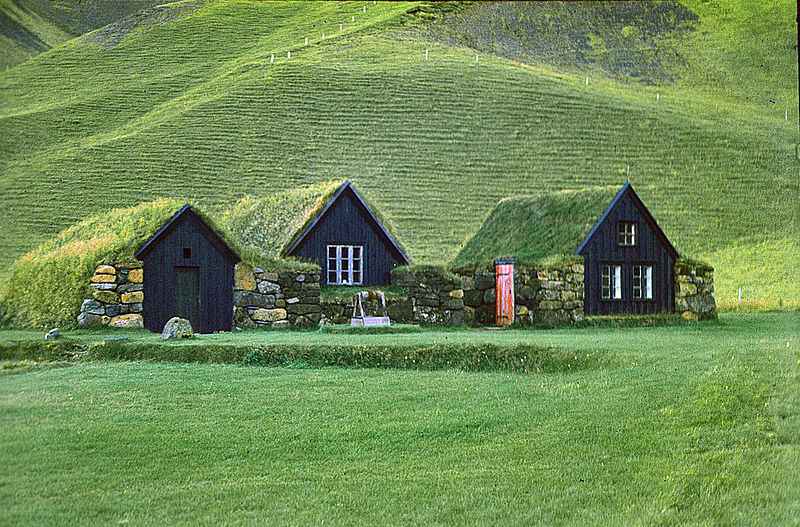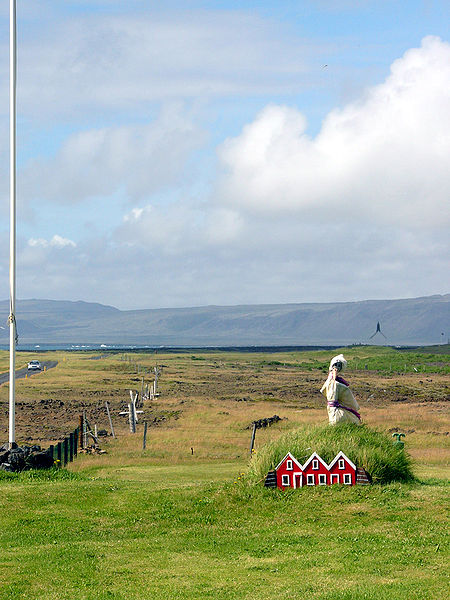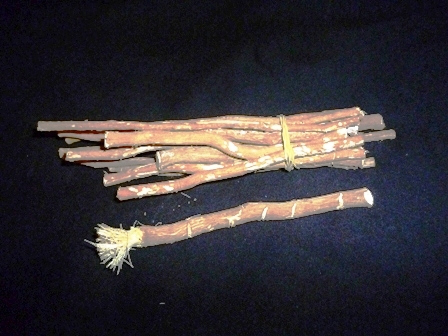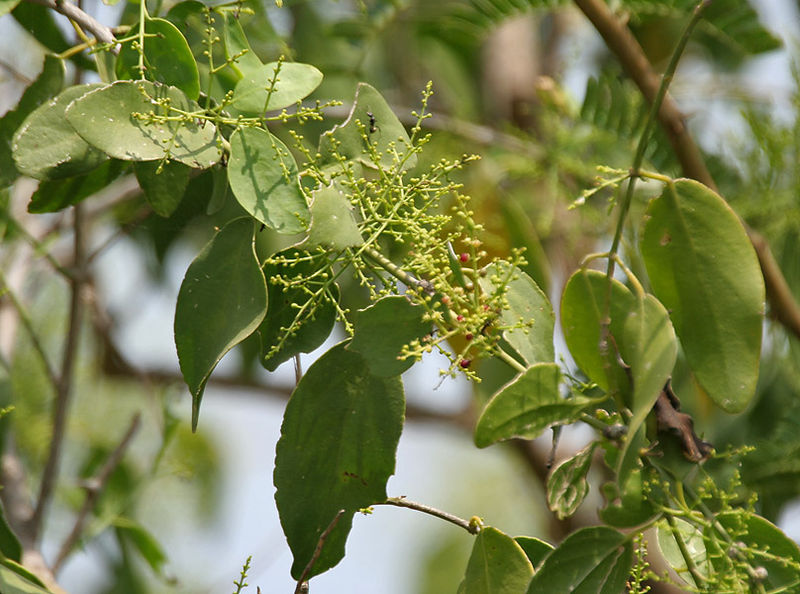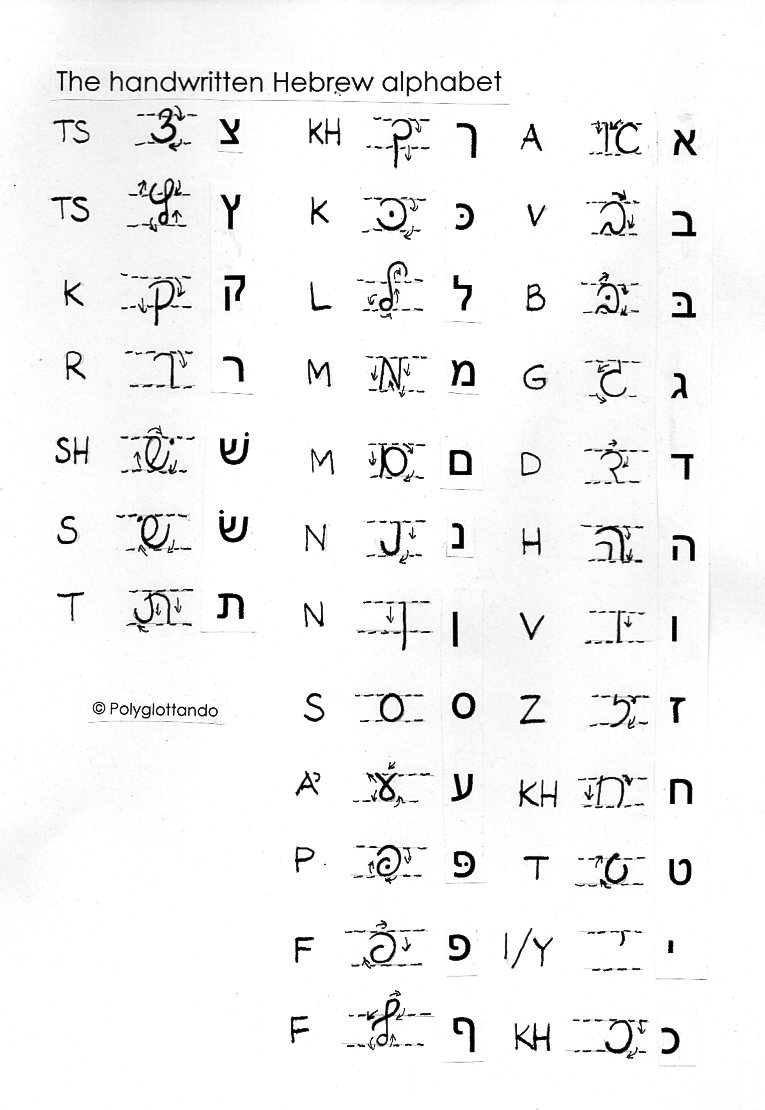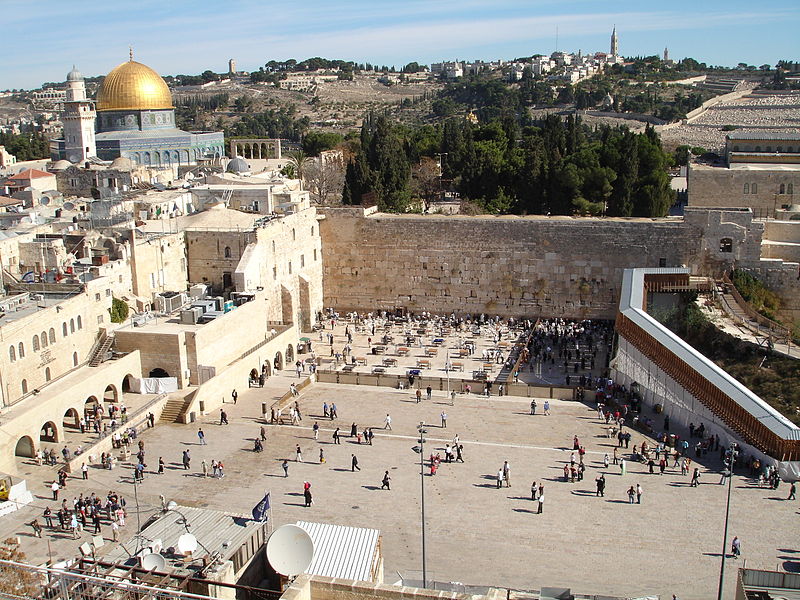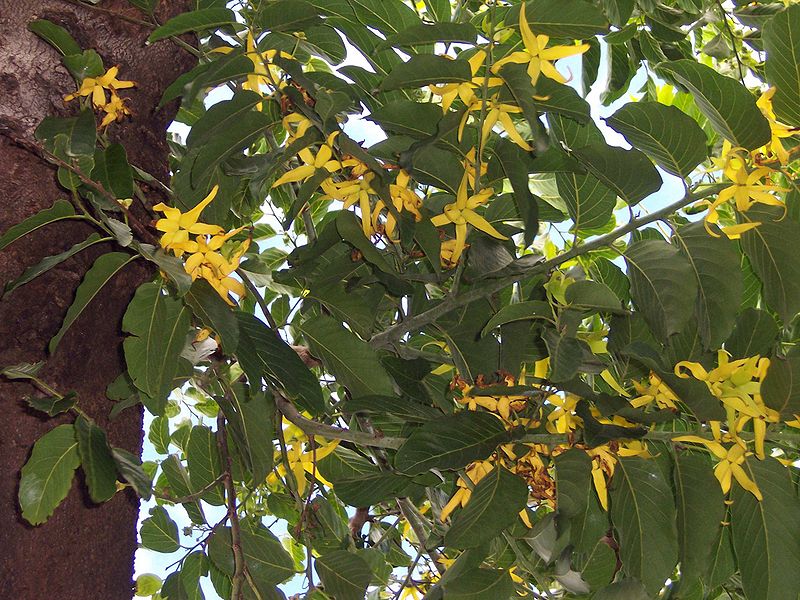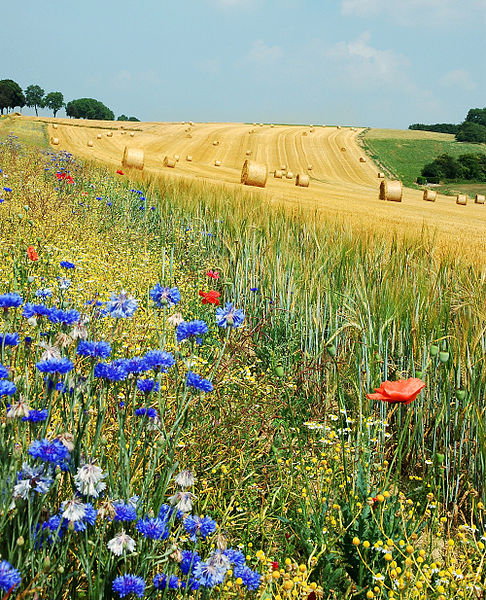Today’s blog post is taking us to the far North of Europe, namely to Iceland, the land of geysirs and volcanoes, sagas and eddas, Vikings, and of álfar (elves). 🙂 The elves living in Iceland are also known as Huldufólk, which derives from huldu– ‘pertaining to secrecy’ and fólk ‘people, folk’. There are said to be 13 different types of elves living in Iceland, who have the same size and the appearance of humans, but are invisible to most humans. Building and construction projects sometimes have to be altered because they would damage or disturb the rocks and places where elves are said to reside. Elves usually live in mounds and like dancing, but dislike electricity, churches and crosses, and one should not throw stones in Iceland because of the possibility of hitting elves. Precursors to the Huldufólk date back to the writings of Snorri Sturluson and to skaldic verse. The legends surrounding elves are an example of the intangible and oral heritage of Iceland. In the picture below, you can see some álfhól (elf houses):
The Huldufólk are also part of Faroese folklore, where they are said to have black hair and to wear grey clothes. The Faroese language is closely related to Icelandic.
Here is a photo of a road which had to be built around rocks where elves are said to live:
Here are some survival phrases in Icelandic:
Halló Hello
Bless Goodbye
Takk fyrir! Thank you
Þakka þér kærlega fyrir! Thank you very much!
Það var ekkert You are welcome
Fyrirgefðu Sorry
Afsakið Excuse me
Hvað heitir þú? What’s your name?
Ég heiti…. My name is…
Hvernig ert þú? How are you?
Allt fínt. En þú? Fine. And you?

